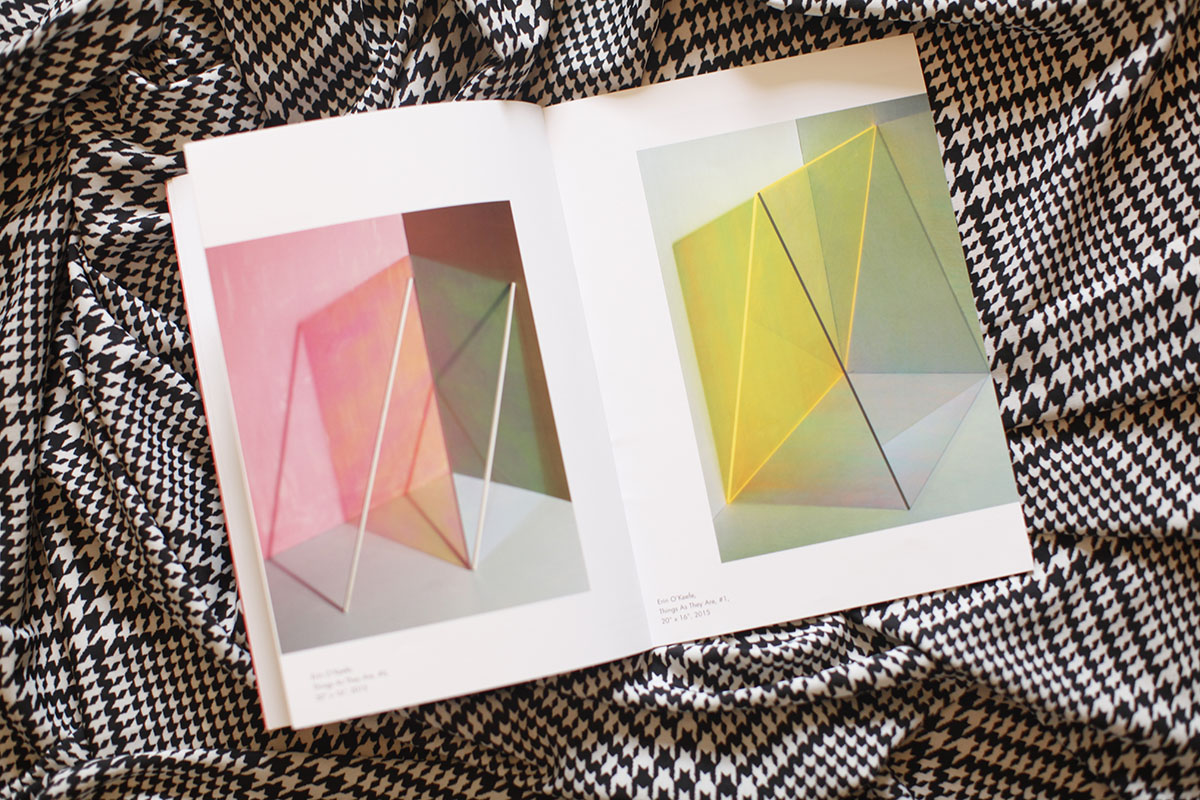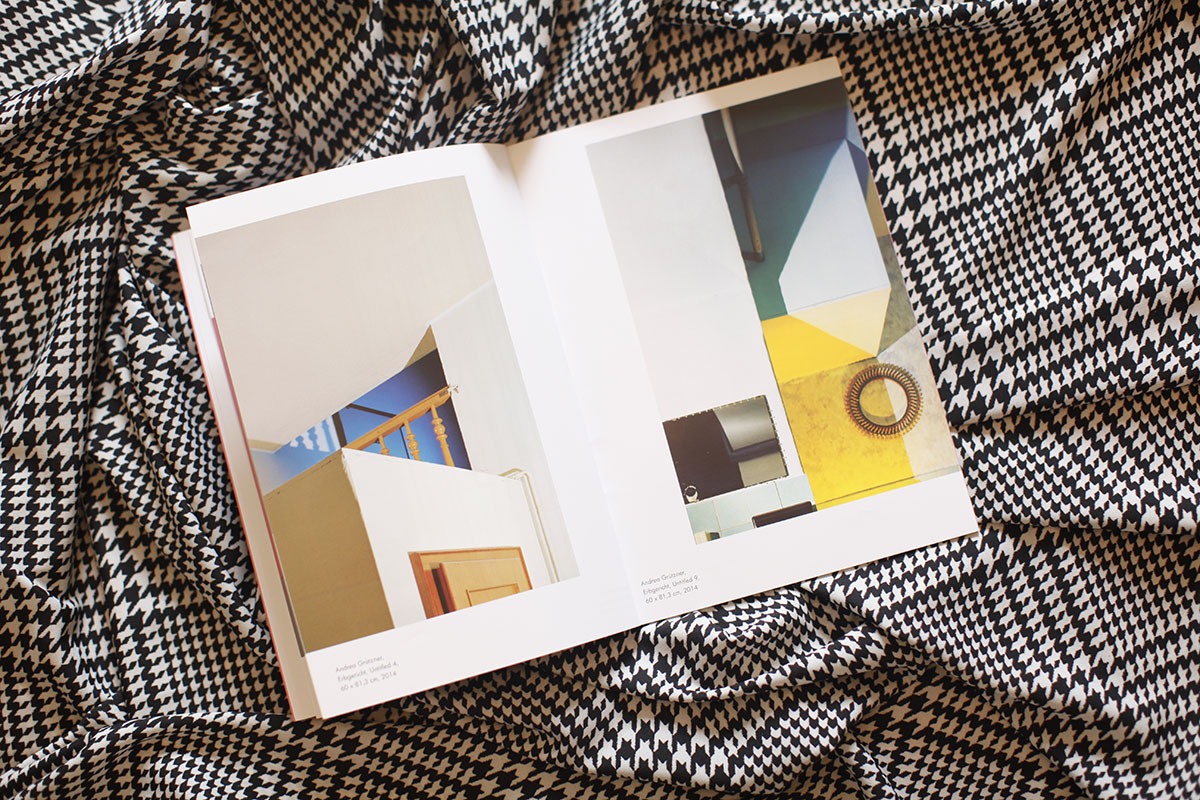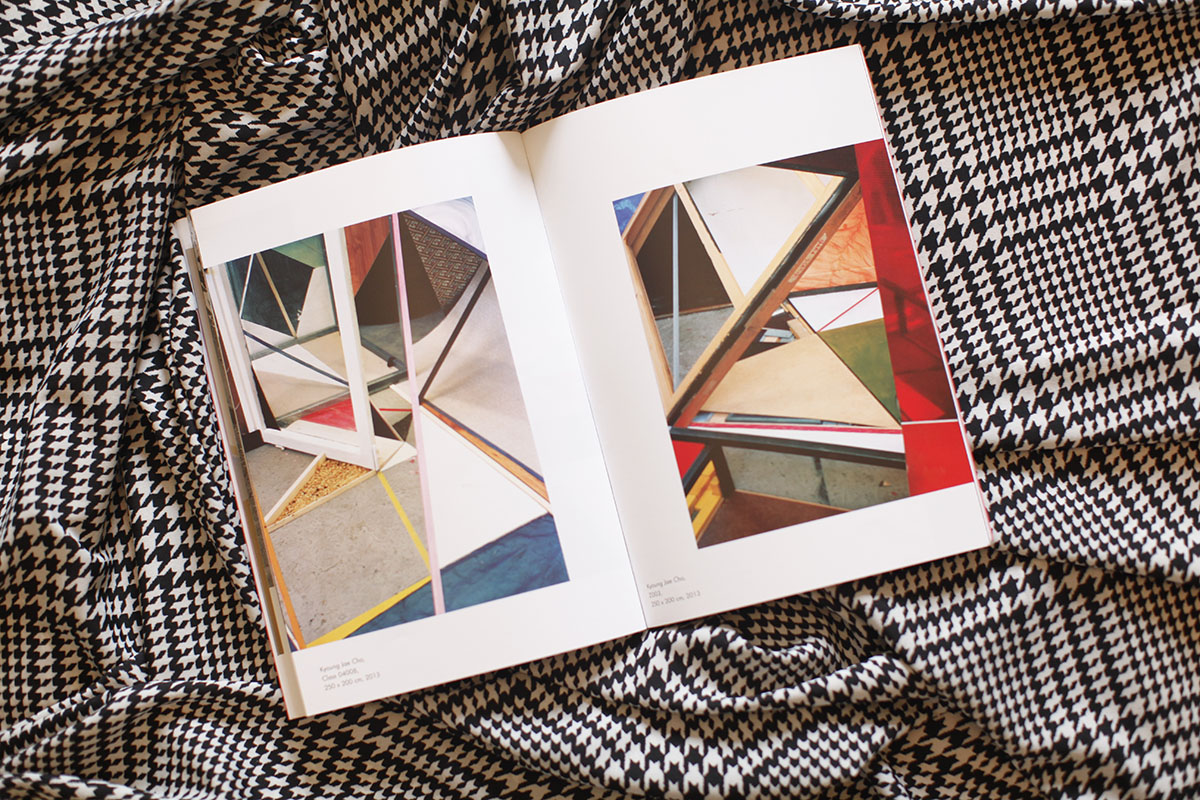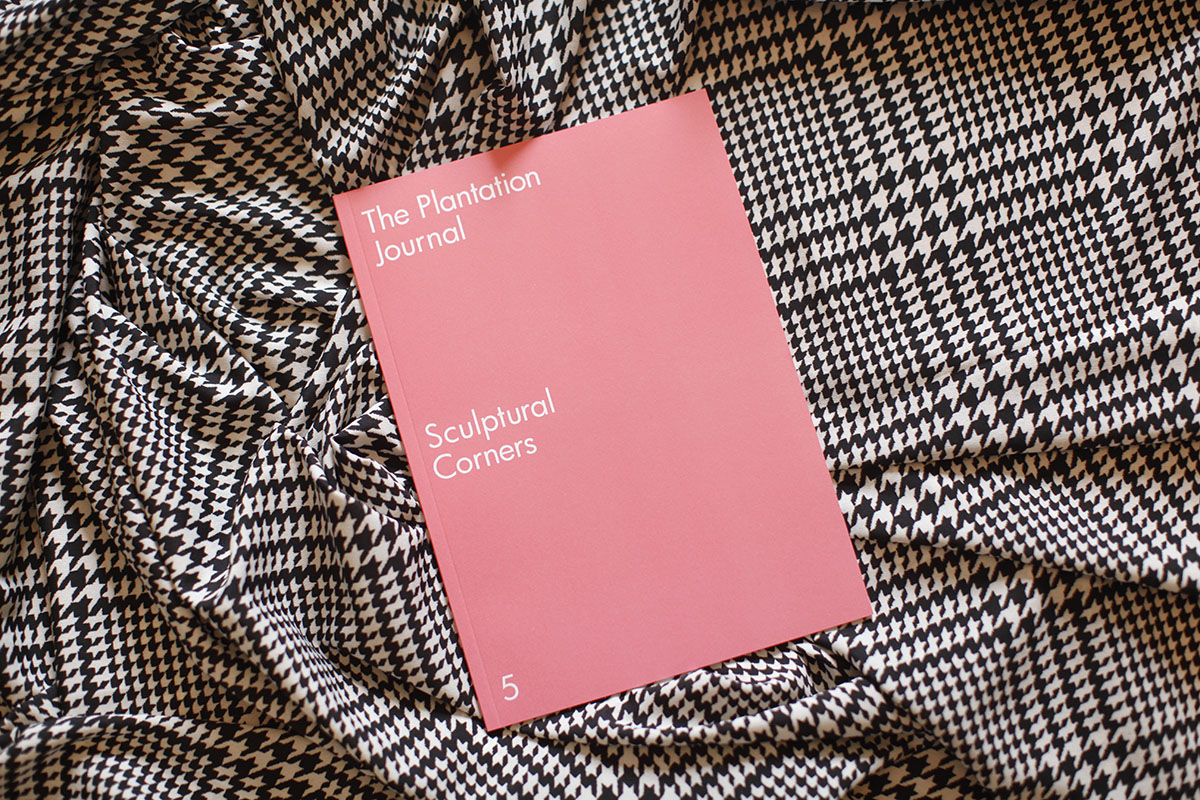Trine Stephensen, photographer and founder of 'The Plantation Journal' talks to us about the history of the journal and how she came to curating.
To anyone who isn’t aware, you’re the co-founder of ‘The Plantation Journal’, a biannually produced zine which highlights current practices of new and emerging photographers by pairing carefully curated works with a commissioned essay. Alongside this, you are also a photographer with your own practice having studied at the London College of Communication.
How did you come to start The Plantation Journal?
Whilst studying photography at the London College of Communication, I became interested in how photography can be presented differently. Through the project assignments and my own personal work, I began to explore an interest in curating. I discovered that photography doesn’t only need to be presented on the wall in a frame, it can be so much more. It can be an installation, or a performance piece, or even a publication amongst lots of other presentations.
The Plantation Journal started as a project space in my studio in Ridley Road Market. Here, one night, we curated an exhibition of unfinished works, it had to be a work in progress. At first, we invited friends to participate and I had thought only friends would show up for the launch, but we ended up with a really good turn out and the little studio space got filled. We quickly understood the need for a platform for young emerging photographers, where we could bring people together, both photographers and an audience.

To research photographic work to include in the next exhibition in my studio, I sat down with a selection of prints from seven photographers, with three images from each. I printed them out to see how they communicated with each other and noticed a dialogue forming. Then the idea for the journal came about, to create something to keep and collect, something with a longer life than the exhibition to showcase the images in.
It didn’t take long before I had participating artists and the biannual journal was born.

Where does the name The Plantation Journal come from?
The Plantation Journal comes from my own photographic work. The first exhibition we put up in the space in Ridley Road Market did include my work in which was about plants. We needed a name for the space, and then by looking at all the pot plants placed around in the space, together with images of plants on the wall we decided for name The Plantation Studio, in which has become The Plantation Journal.
What do you look for when you select photographers to include in the journal?
They all have to communicate, to tell a story through the pages. The projects have to be strong enough individually, but also work together with the other images as a new series. It’s fun how the research process unfolds.
Firstly, I usually find the subject matter of the journal, then one photographer that fits into that subject matter, then naturally the other photographers follow. The projects are all different, through the techniques they use, the subjects or the meaning; but they manage to communicate different aspects of the same subject matter. The commissioned writer for each journal brings the images and ties it all together.

The journals all have somewhat of a narrow brief, such as ‘Sculptural Photography’, ‘Sculptural Body’, or ‘Sculptural Landscape’, allowing a curated journal where the subject matter works as a guideline for me.
The editions take on the form of a curated exhibition in book format, was that the initial intention of the zine?
Yes, that was the idea, to become an extension of the exhibition space. The selection process for the journal works in the same way as the selection process for an exhibition. For an exhibition, the images create a narrative when seen together on the wall, which can be translated to the pages of the journal.
How do you balance working on ‘The Plantation Journal’ with your own work?
After starting the journal, there’s definitely been less time to do my own photographic work. The journey started off with work I found in the research process for my own work, images that I felt the need to present and find a display for. The Plantation Journal has allowed me to combine my interest for curating with photography, even though it’s not my own work I’m presenting, my work is in the curation, which I feel my own practice has grown into.
I still do work for myself but haven’t focused on showing that since I started the journal, although I am still exploring ways to develop that work. The focus now is clearly on the curation of photography through exhibitions and publications.

Do you find your own practice influences The Plantation Journal, or the other way around? Or do you consider them as completely separate things?
They both influence each other. My interest in my own work centers around the sculptural element of image making. I feel my own photographic work has grown from my interest in curating and the two reflect that interest I have. I feel my experience with my own photographic work is necessary for the work I am doing with the journal.
I like playing with perception, repetitions and text. Most projects are combinations of text-based work, where the project is an extension of a body of text or based upon that. I constantly have work in progress, which could involve just a range of colours or more specifically a brief created by myself, for myself. I have always been curious about exploring the display of the photographic image. Through exploring this with my own work, I am now exploring curating through other artists work. So my body of work is now not necessarily my own photographs but the creations of a platform for already existing photographs.
The work with the journal has allowed me to get in touch with other artists, which has often been the beginning of a creative process. Through the collective page online I am interviewing artists and letting them explain their processes behind their work. It’s from the work in progress, we can learn from each other, I think, and not from the final piece.

What plans do you have for the future?
The plan is to continue the journal as a biennial journal, together with exploring the exhibition format. I’m curious about presenting the subject matter of the journal as an exhibition, but with more performative explorations, where the audience is invited into the process of the image making. I feel the sculptural subject matter in photography is related to the process, the layers of construction in the images.
I’ll also continue the website as a voice for the photographers, giving them a chance to explain the process behind their image making. At the same time, I’ll continue with The Plantation Journal’s Instagram takeovers as that’s a great way for photographers to show their work in progress.
For more on Trine’s work or ‘The Plantation Journal’, click here.
For other interviews in our Ideas Series, click here.





